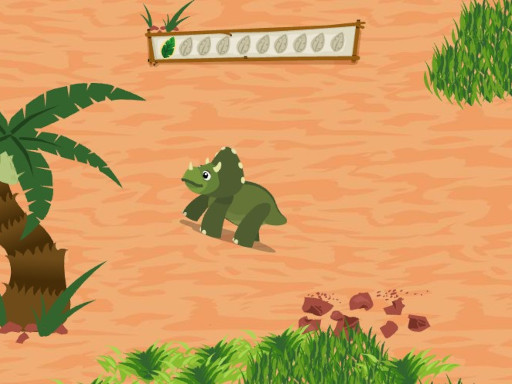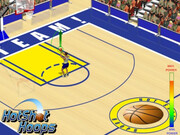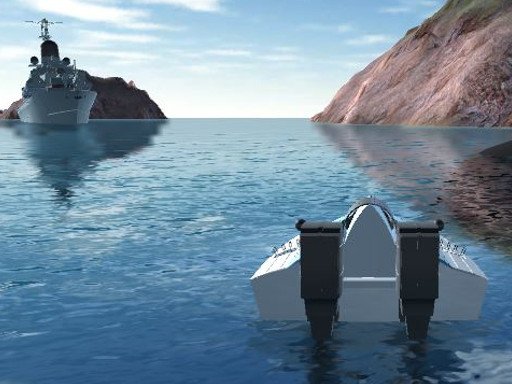
Styracosaurus Dinosaur Game Online - Play Free Fun Animal Games
Embark on an exciting prehistoric adventure in Styracosaurus, a free online game where you take control of a baby styracosaurus on a wild leaf-hunting journey! Dash and bash your way through rugged, dinosaur-filled terrain, collecting delicious leaves while avoiding obstacles and dangers. The world is full of surprises as you navigate the ancient landscape, with plenty of challenges to keep you on your toes. Ready to lead your little dinosaur to victory? Let's get hunting and have a roaring good time!
10,525 play times
How to Play Styracosaurus Game
This free online game is played with mouse only.
Some Fun Facts About the Styracosaurus
Styracosaurus was a genus of herbivorous ceratopsian dinosaur from the Cretaceous Period, about 75.5 to 75 million years ago. This dinosaur have the nickname the "spiked lizard". It is a plant eater, famous for it's impressive head display. This well protected animal had a long sharp horn on the top of its head. It also had a number of other long sharp horns around its skull ridge. They were moderately sized, adults weighing close to three tons. Like other horned, frilled dinosaurs, the build of Styracosaurus roughly resembled that of a modern elephant or rhinoceros, the most notable parallels being its bloated trunk and thick, squat legs capped with enormous feet. So where did this dinosaur live? They resided in North America, and skeletons have been found in Arizona, Montana, and Alberta, Canada. To learn more about the Styracosaurus we recommend you read About.com 10 Styracosaurus Facts, and also for a little bit more kid friendly version we recommend you to take a look at these Styracosaurus Facts for Kids.
When was the Styracosaurus discovered
According to HowStuffWorks the Styracosaurus was discovered in 1913 in the Belly River Formation of Alberta by Charles Sternberg. It's name mena the Spiked Reptile of Alberta. It was named this because of it;s unusual neck fill. Most ceratopsids had small knobs called "epoccipitals" around the edges of their neck frills, giving the frill a scalloped appearance. But Styracosaurus had six epoccipitals at the back of its frill that were long, thick, pointed spikes. Until recently, Styracosaurus has been a rare ceratopsian. Paleontologists are now studying a number of Styracosaurus skeletons that have been found in Montana. These new skeletons may prove to be a new species.








